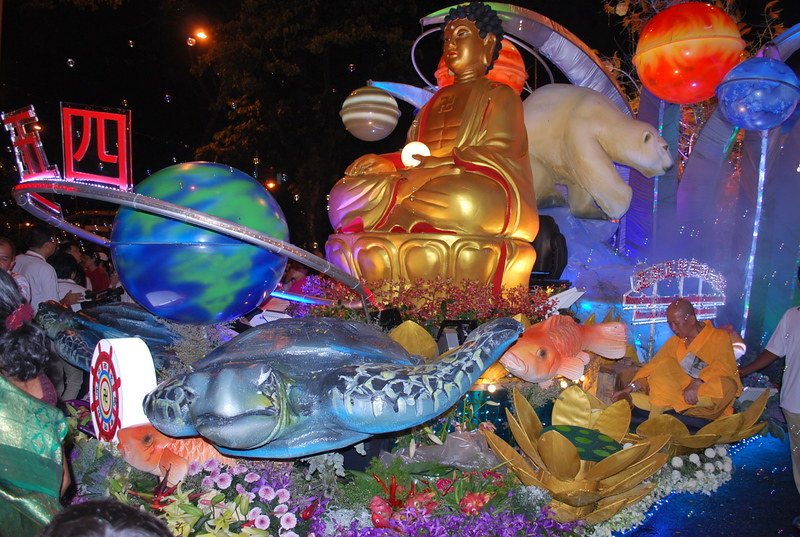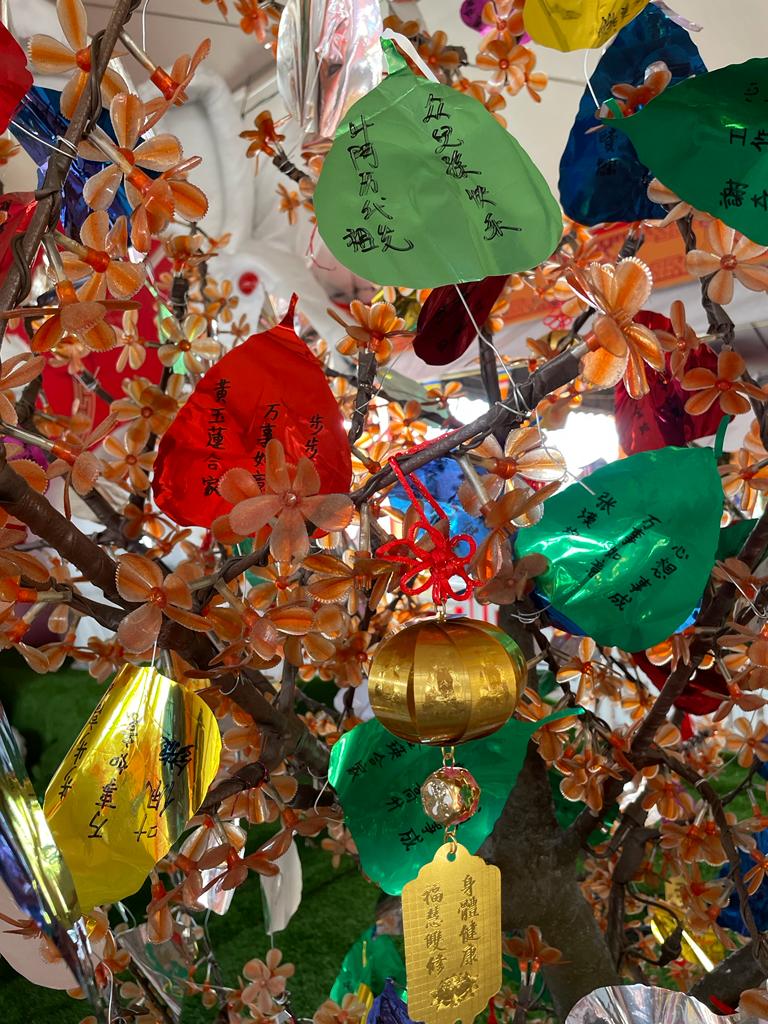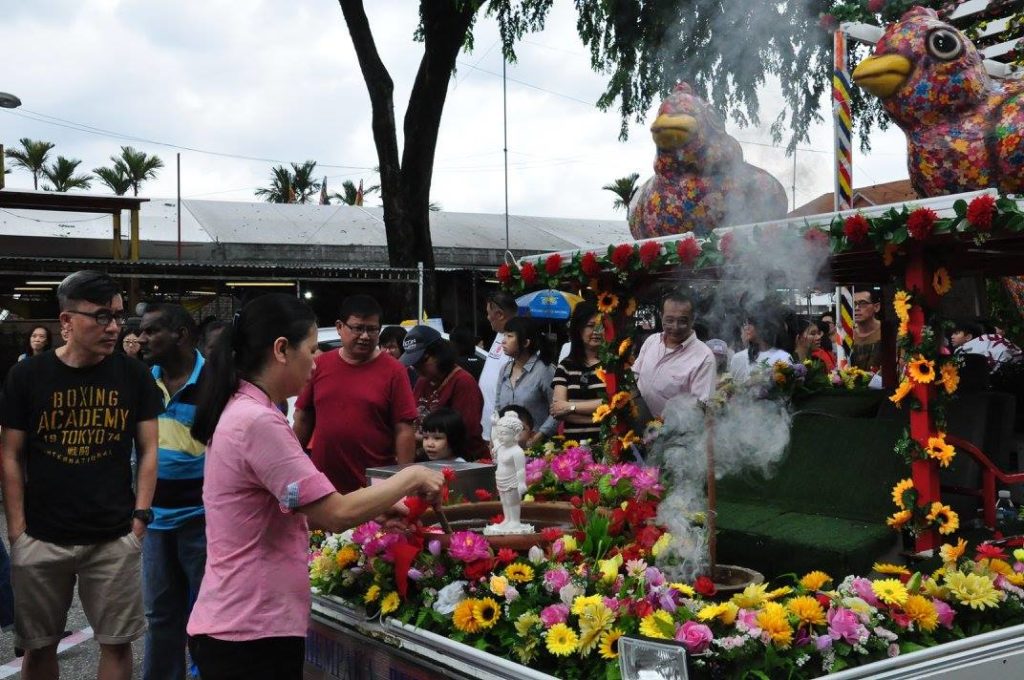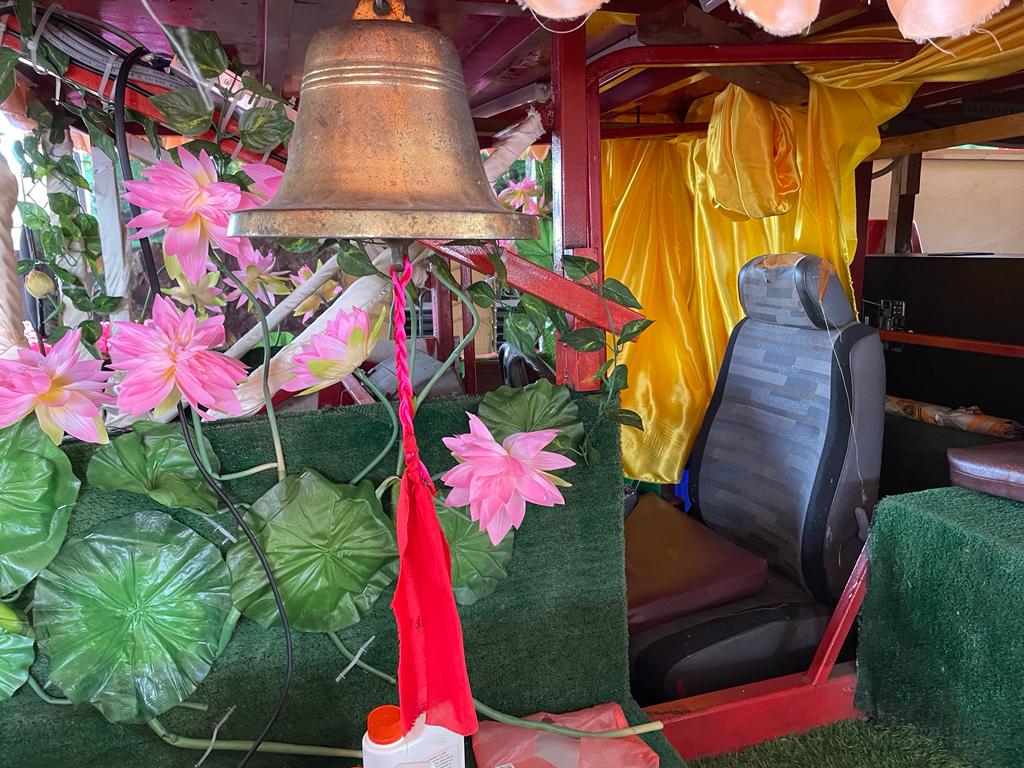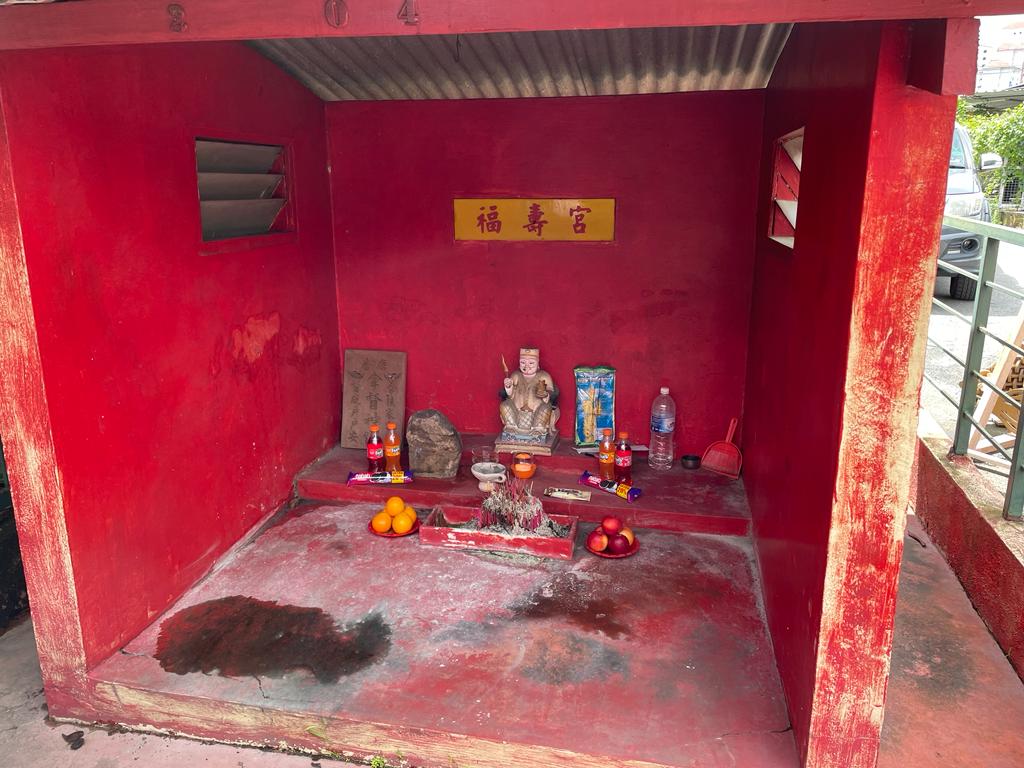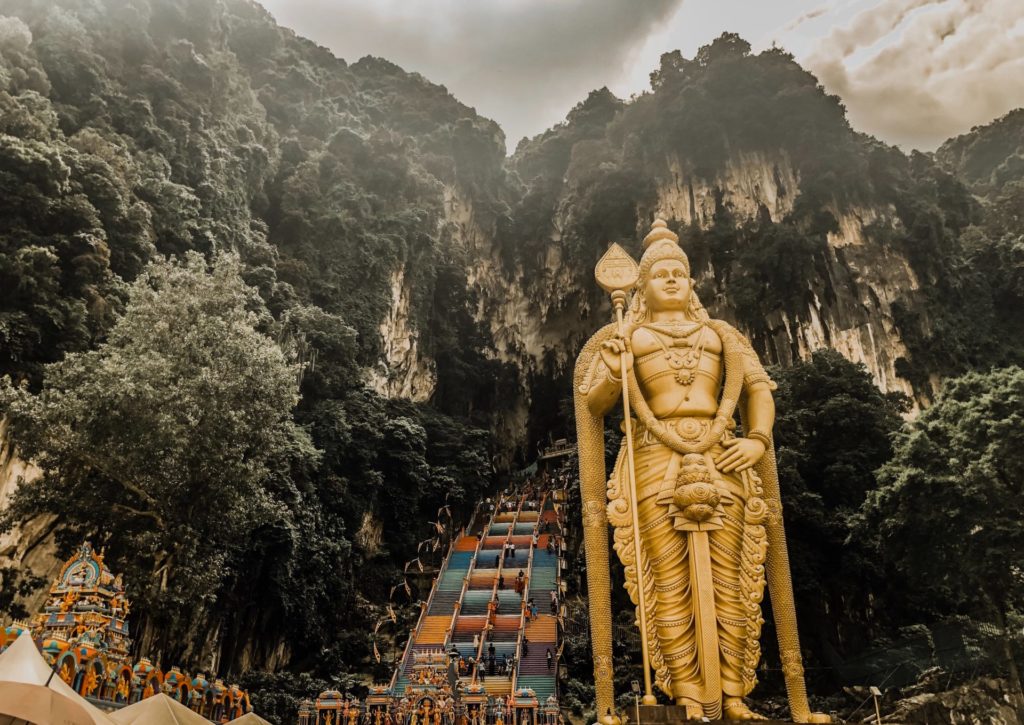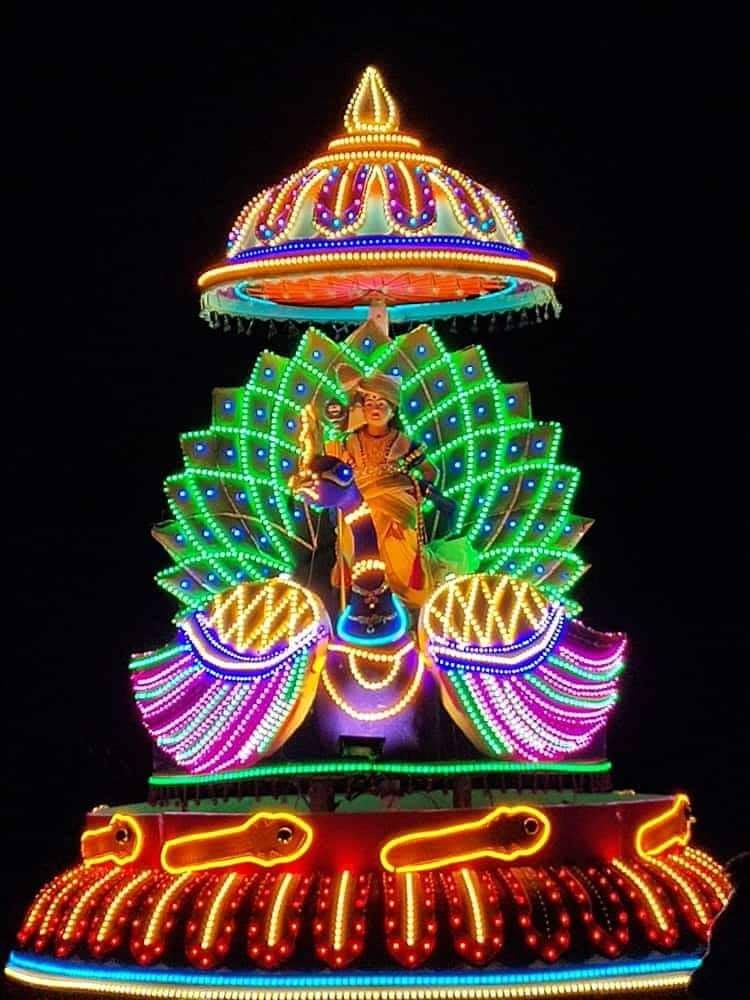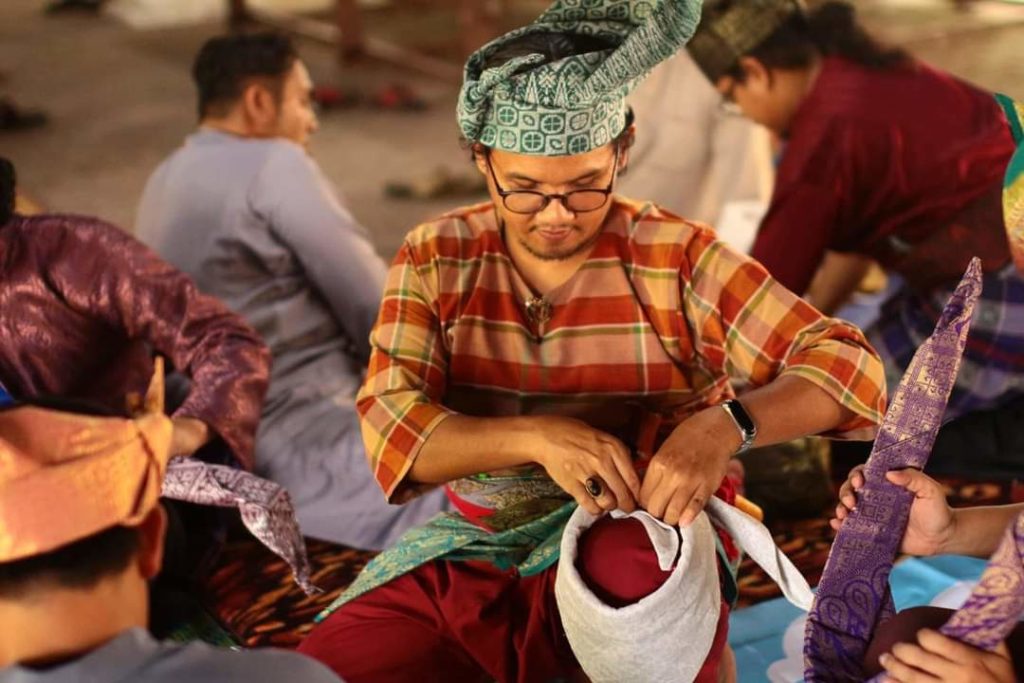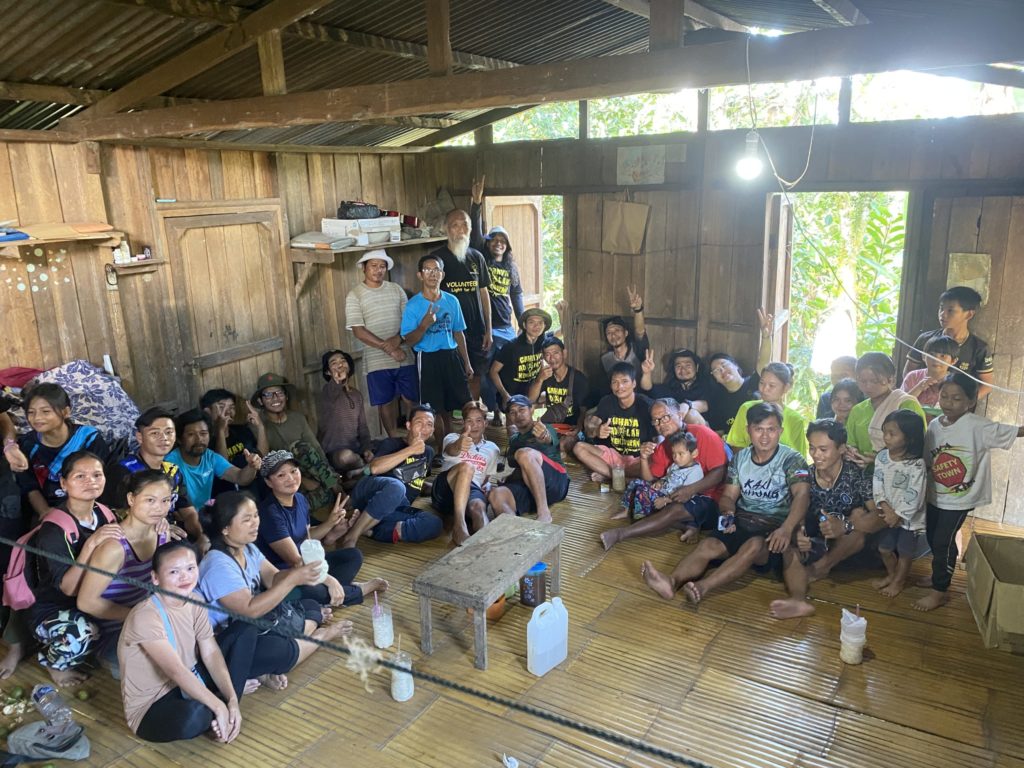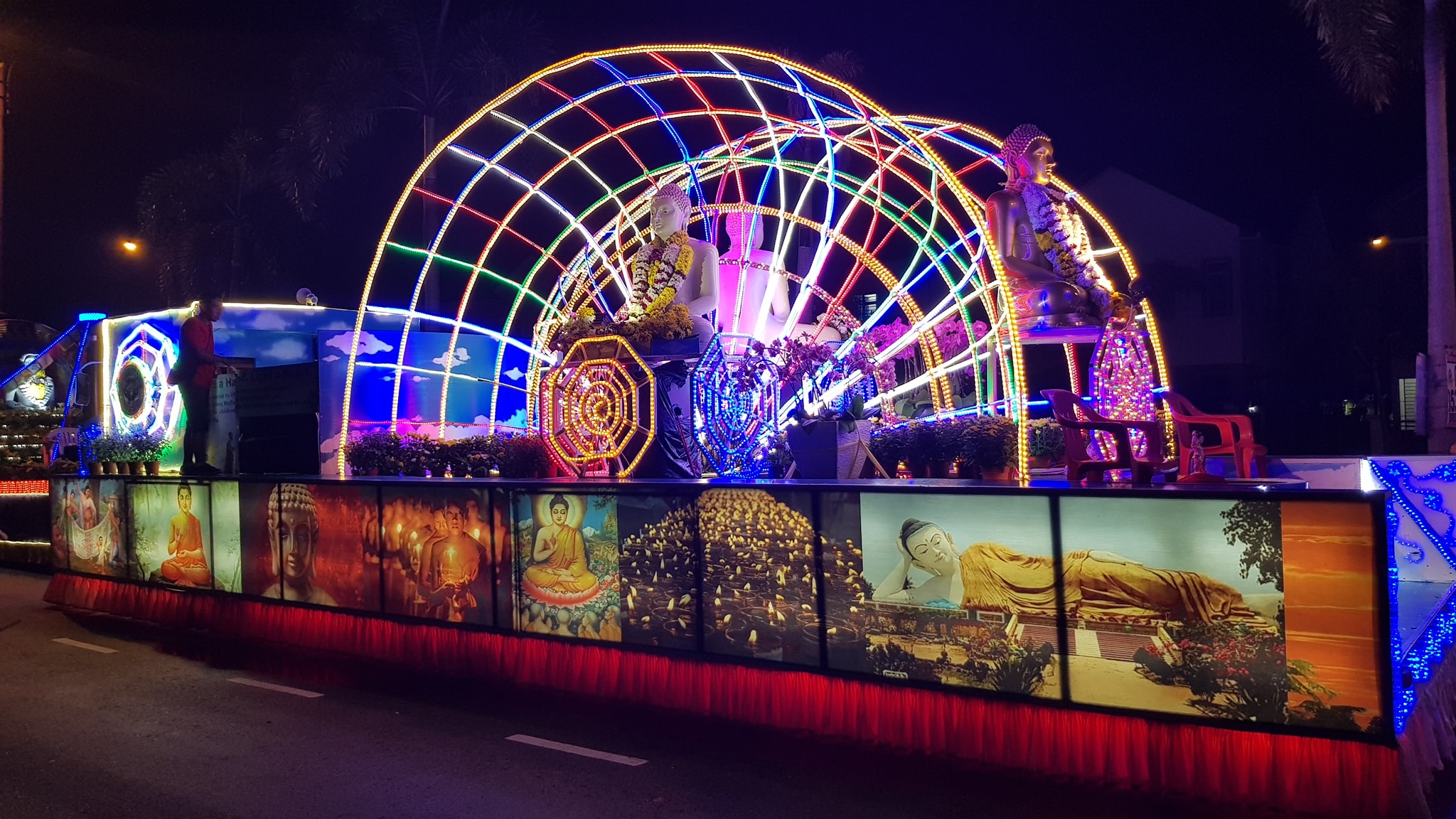
Wesak Day in Malaysia is synonymous with vibrant parades showcasing the colourful floats made by temples in the Klang Valley and other regions, notably Penang.
By CHIN JIAN WEI
After a three-year hiatus due to the pandemic, the famous Wesak Day parade floats will once again make the rounds in the Klang Valley. During the parade, Buddhists from different temples in the region walk alongside ornate parade floats bedecked with Buddhist imagery. Thousands of devotees show up for these parades carrying candles, flowers and images of the Buddha.
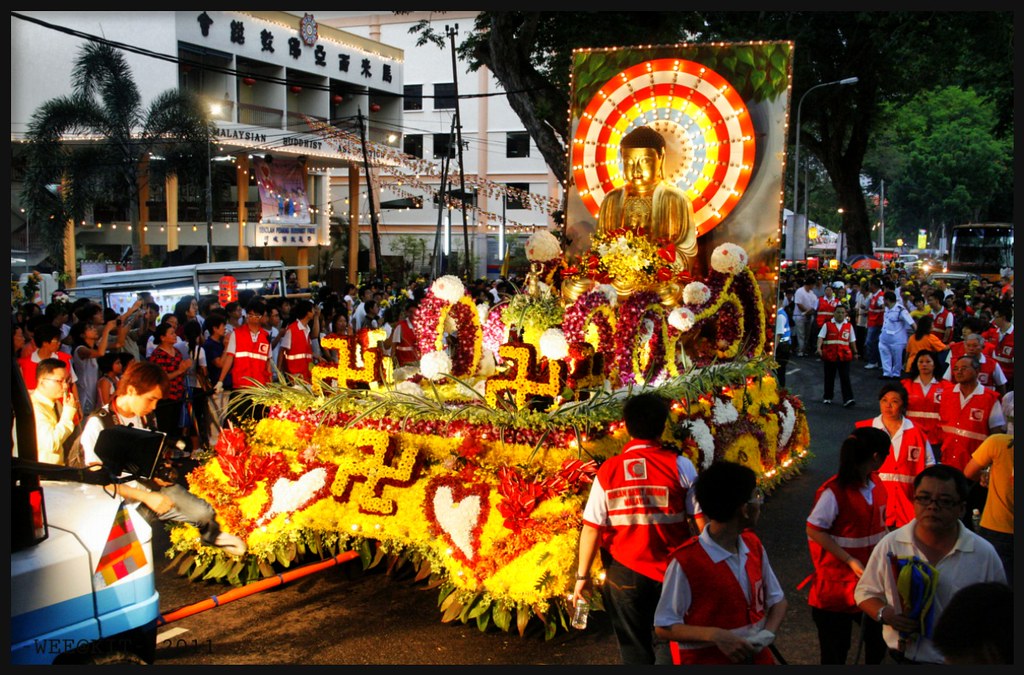
The star of the show is undoubtedly the parade floats, each created by devotees from different temples, oozing with personality. Glowing with light, the sight of the floats travelling in the procession is truly a vision to behold. The theme for this year’s Wesak celebration is “United Progress Towards National Prosperity and Resilient Citizens”. Lawrence Phuah, chairman of the Chempaka Buddhist Lodge in Taman Sea, Petaling Jaya says, “The tradition started in Malaysia about 50 years ago. This is one of the ways the local temples use to promote Buddhism.”
Chempaka Buddhist Lodge is one of the many temples preparing their float to participate in the parade. It has created a float featuring a huge effigy of the reclining Buddha, which is a representation of the Buddha on his deathbed. Wesak Day is, after all, a celebration of the Buddha’s birth, enlightenment and death. In addition to that, the head and tail of a dragon are also affixed to the float. “This year, we have extended the float,” Phuah says. “It is 16 feet long and took about 2 months to complete.”
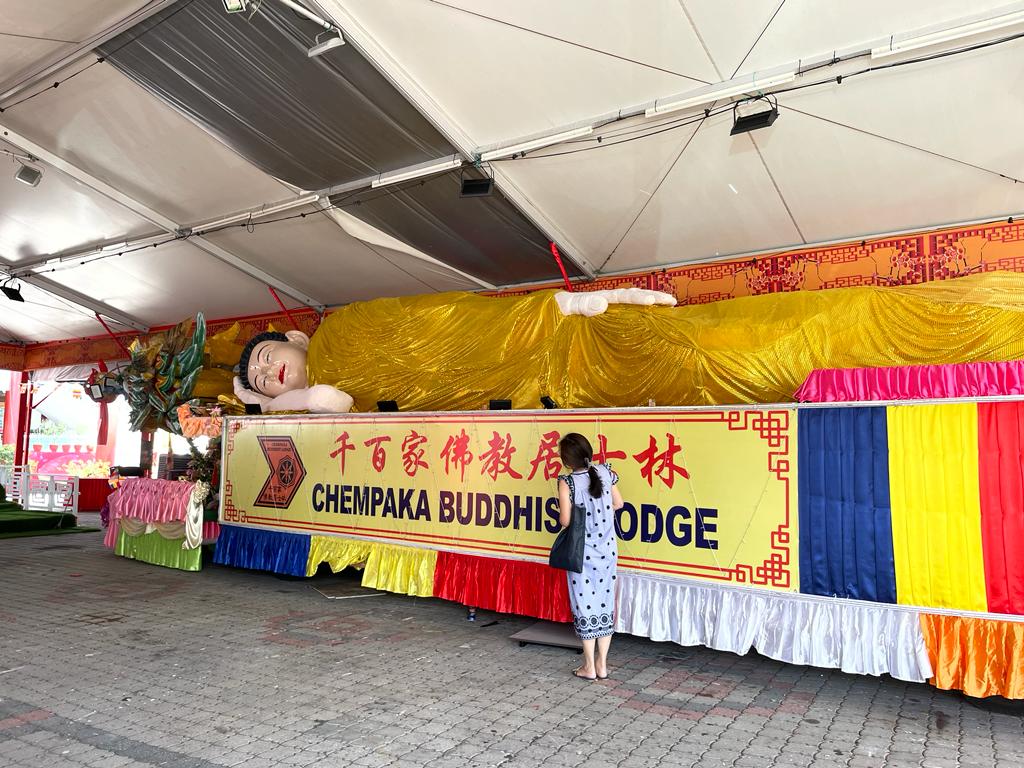
“Most of the floats would have the Buddha on them,” Phuah says, discussing the typical decorations to be found on the floats. “Sometimes they would use the Bodhi tree. They would write their wishes on the leaves, hoping to get blessings.” The Bodhi tree, being the tree under which the Buddha attained enlightenment, represents the capacity of every person to attain the same state of absolute peace and happiness. A small effigy of the Buddha in a pool or bowl of water would usually be present as well, for devotees to ‘bathe the Buddha’ by pouring water over the effigy. Doing so is believed to purge oneself of sins, and symbolises inner purity. Flowers, particularly lotus flowers, are another extremely common feature on the floats, symbolising purity of body and mind and being above the murky waters of desire and attachment.
Peeking through the lotus flowers, one can see the driver’s seat, where a driver will be responsible for driving the float 14 kilometres from the Buddhist Maha Vihara temple at Jalan Berhala. The parade, which begins its travel around the city proper at 6.30pm, will pass Jalan Tun Sambanthan, Jalan Petaling, Jalan Raja Chulan and Jalan Bukit Bintang, among many other roaads. After a parade of about four hours, the floats will finally return to the temple.
The parade will not just be on one day. According to Phuah, the parade will set out from the Chempaka Buddhist Lodge on the second day. “Around 15 to 18 temples will participate in that parade. Ours is a shorter route, only 4.5 kilometres, which is about one and a half hours, so we start at 7.30pm. Meanwhile on the third day, it will be from Sri Petaling.” This is to encourage the participation of people residing in different regions of Klang Valley.
Featured image sourced from Persatuan Meditasi Buddha Batu 14 Sungai Buloh Selangor’s Facebook page
To read more BASKL, click on the links below:

